NLP Practitioner is the first level of NLP training and is designed to provide both a set of tools and a personal experience of change. NLP Practitioner training was first developed in the early 1980s and the book Frogs into Princes by Bandler and Grinder is essentially a transcript of these early trainings. This level of training is designed to integrate NLP's techniques with other professional practices such as coaching and counselling.
Becoming a NLP Practitioner requires that participants meet the certification criteria defined by the licensing organisation. In the case of the Society of NLP, those criteria can be downloaded here. You will acheive these required standards by practicing the NLP Practitioner techniques and being open to experiencing the process of change for yourself. Underneath the techniques, you will also find the Presuppositions of NLP, which are a set of attitudes which will be a foundation for your work with NLP. If you are unable to demonstrate these principles in your behaviour, you'll be unlikely to succeed in using the techniques, and you be unlikely to meet the certification criteria. NLP isn't something which you 'do' to others, it is first something that you demonstrate within yourself, and in your approach to others. This is an important factor in the process of change.
The full content of the Genius Practitioner training can be found in The NLP Practitioner Manual, plus much more information and additional exercises which are outside of the core SNLP syllabus, such as Neurological Levels.
The format of NLP Practitioner training is fairly common for all training organisations, although individual trainers may teach variations on the basic syllabus of techniques.
Here is the detailed course agenda for the Genius 8 day NLP Practitioner training.
|
|
Topic
|
|
1
|
Welcome and framing
Subjective experience
Sensory filters
Submodalities
|
|
1
|
Presuppositions of NLP
Anchoring
Well Formed Outcomes
|
|
2
|
Well Formed Outcomes
Rapport
Matching/Congruence
Mismatching/Incongruence
Presuppositions of NLP
Pacing and Leading
|
|
2
|
Presuppositions of NLP
Pacing and Leading Swish Notebook swish Auditory swish |
|
3
|
Perceptual positions
Meta mirror Squash |
|
3
|
Collapsed Anchors K & A
Eye Accessing Cues Strategies |
|
4
|
Hypnosis intro
Pattern interrupts Utilisation Presenting with utilisation Elman induction |
|
4
|
Timeline – Concept
TL 1 – Simple future TL 2 – Back resource TL 3 – Forward obstacle Integration timeline |
|
5
|
Language concepts
Meta & Milton Models 1 |
|
5
|
Meta & Milton Models 2
|
|
6
|
Meta & Milton Models 3
|
|
6
|
Meta & Milton Models 4
|
|
7
|
Fast Phobia Cure
|
|
7
|
Six Step Reframe
Briefing Certification criteria |
|
8
|
Assessment sessions
|
|
8
|
Feedback
|
